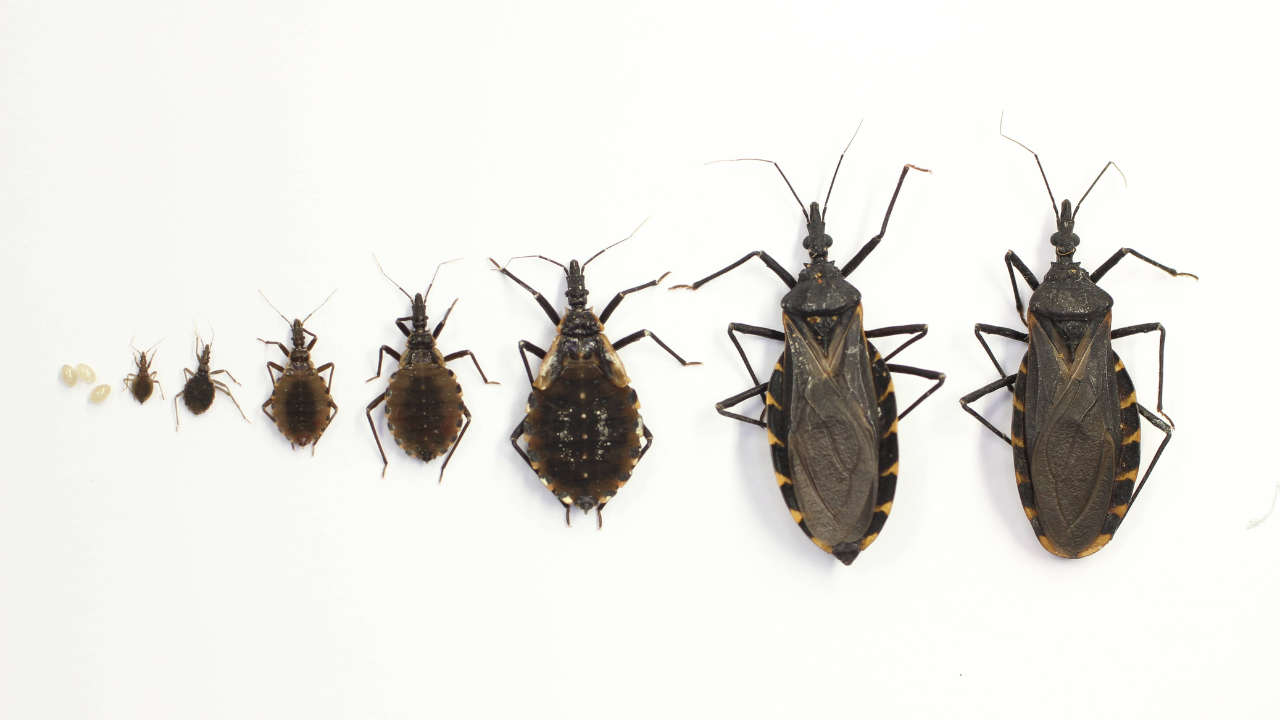Kissing Bugs Disease Could Soon Become An Endemic, Says CDC

Credits: Texas A&M University
SummaryThe CDC is warning that Chagas disease, spread by “kissing bugs,” may soon be considered endemic in the U.S. Locally acquired cases are confirmed in eight states, with Texas most affected. Growing public awareness follows more bug encounters, canine cases, and rising research attention despite limited distribution data.
End of Article
